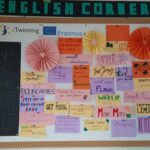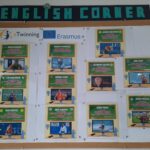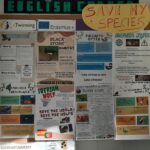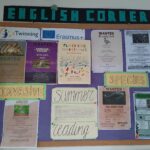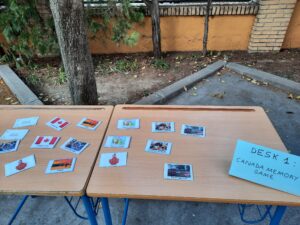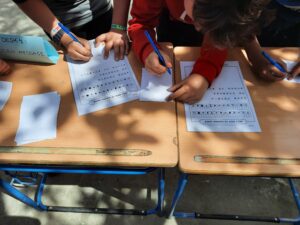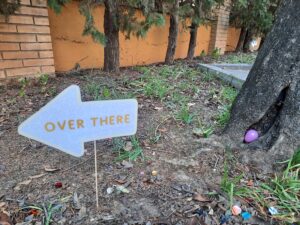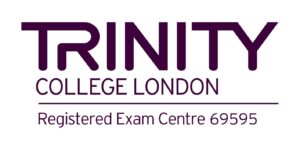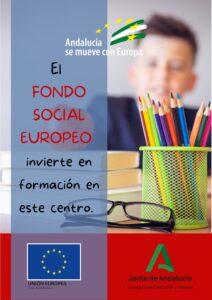Category Archives: Our School
Escape Room

Our 1º and 2º ESO students have participated in a Escape Room in the library called: «Lost in Andalusia». The teachers of the bilingual programme prepared clues related to the different bilingual subjects to make students get the key of the library, which had been stolen. Good job everyone!
Nuestros alumnos de 1º y 2º de ESO han participado en un Escape Room en la biblioteca llamado: «Perdidos en Andalucía». El profesorado del programa de enseñanza bilingüe preparó pruebas relacionadas con las diferentes asignaturas bilingües para que el alumnado consiguiera la llave de la biblioteca, que había sido robada. ¡Buen trabajo!


Recycling workshops

This year, the Comunicalia topic has been the 17 Sustainable Development Goals (SDGs). Our students from the English Bilingual Programme have been in charge of some of the recycling workshops organised by the English Department (SDGs 13 and 15). The workshops consisted of: 1. Sorting out different types of rubbish. 2. Playing a Bingo game about our planet, beverage containers, places to recycle, paper and other recyclables. 3. Recycling word search games and a glass maze. 4. Creating a picture frame out of cardboard.
Este año, el tema de Comunicalia ha sido los 17 Objetivos de Desarrollo Sostenible (ODS). Nuestro alumnado del programa de Enseñanza Bilingüe ha estado a cargo de algunos de los talleres de reciclaje organizados por el Departamento de Inglés (ODS 13 y 15). Los talleres consistieron en: 1. Clasificar diferentes tipos de basura. 2. Jugar a un Bingo sobre nuestro planeta, contenedores de bebidas, lugares para reciclar y otros objetos para reciclar. 3. Sopas de letras sobre reciclaje y un laberinto. 4. Crear un marco de fotos con cartón.


Videoconferencia con la Antártida
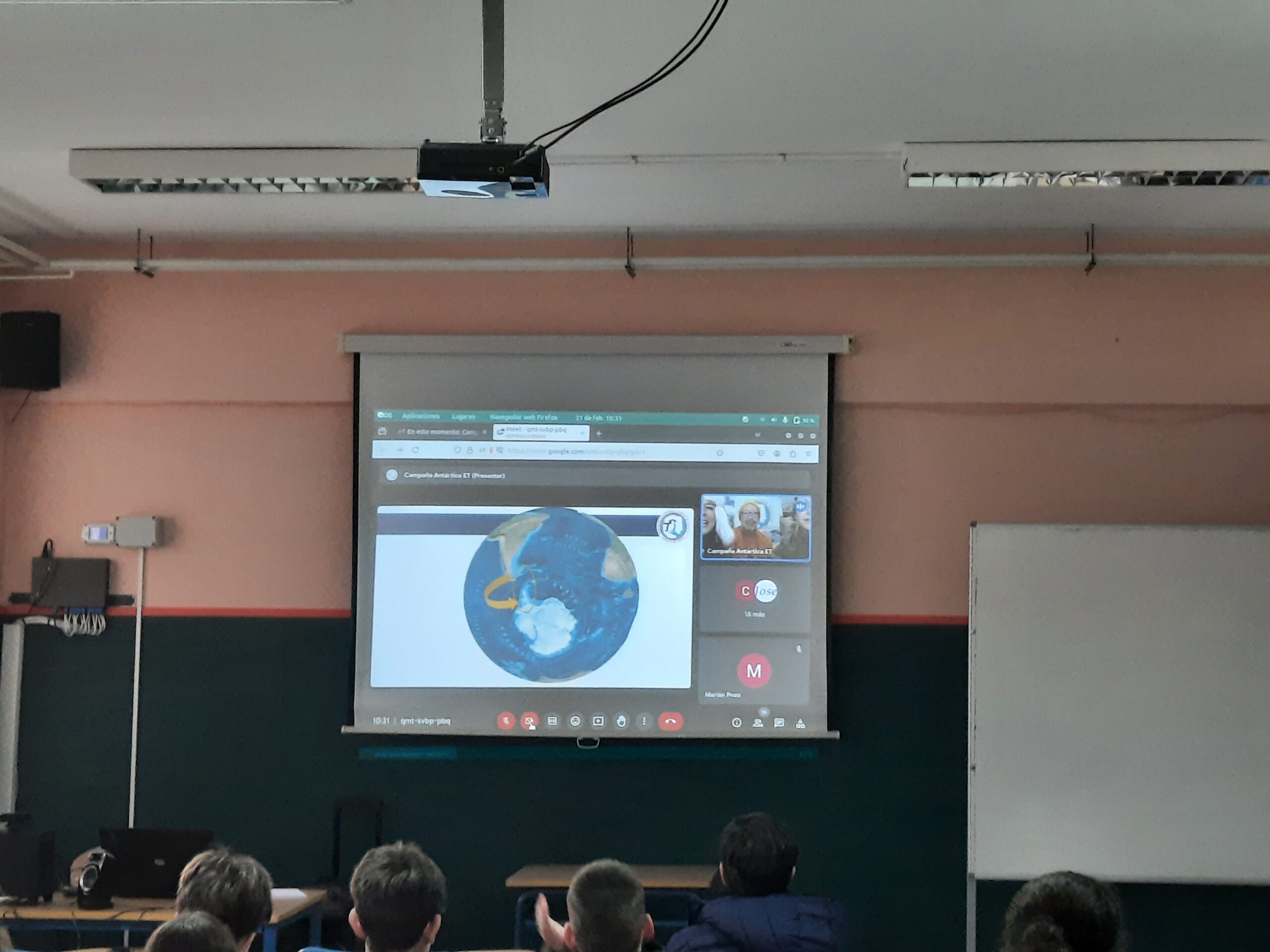
Four years ago our 1º ESO Bilingual Group contacted with Deception Island, a volcanic island in the South Shetland Islands, in Antarctica. Last 21 February, our 1º ESO Bilingual Group contacted with the Antarctica Base again, which is developing its campaign from mid-December, during the Austral summer, until the end of March. This time we could learn, thanks to a geologist, a biologist and other scientists, what life is like there, what projects they are doing, and how the climate change is affecting Antarctica. After the conference, all educative centres in Spain that were participating in the activity, could ask questions. The students have also sponsored a penguin, called Pengu, to show their compromise with the environment. This has been a fantastic experience that has enable us to contextualize our English unit called: «Our World», in which we are studying the topics of the weather, animals and amazing places in the world.
Hace cuatro años el alumnado de 1º ESO Bilingüe pudo contactar con Isla Decepción, una isla volcánica que pertenece a las islas Shetland del Sur, en la Antártida. El pasado 21 de febrero nuestro alumnado de 1º ESO Bilingüe volvió a contactar con la Base Antártica, que realiza su campaña desde mediados de diciembre, durante el verano austral, hasta finales de marzo. En esta ocasión pudimos conocer gracias a un geólogo, una bióloga, y otros científicos, cómo es la vida allí, qué proyectos realizan, y cómo está afectando el cambio climático a la Antártida. Después de la conferencia se abrió un turno de preguntas en el que participaron todos los centros educativos de la geografía española que participaban en la actividad. El alumnado ha apadrinado también un pingüino, llamado Pengu, para mostrar su compromiso con el medioambiente. Esta ha sido una gran experiencia que nos ha permitido contextualizar el tema de inglés llamado «Our World» en el que estamos estudiando el tiempo atmosférico, los animales y lugares increíbles del mundo.

A very special Erasmus+ visit

Last week, our school had a very special visit: our penfriends from Lofsrud Skole, Oslo, Norway. It’s been four years since we started writing letters to students in schools from Europe. Some projects have been more fruitful than others, but what we can say about our Norwegian penpals is that they made it happen and created the situation to meet their penpals from IES Cristóbal de Monroy. They could also meet the students’ families and know the towns of Seville and Alcalá de Guadaíra.
Check out the school website for more information and pictures: SCHOOL WEBSITE.
You can also read about the Bread Workshop we organized for the students in the SCHOOL NEWSPAPER.
La semana pasada, nuestro instituto tuvo una visita my especial: nuestros amigos por correspondencia de Lofsrud Skole, Oslo, Noruega. Hace cuatro año empezamos a escribir cartas a alumnos de institutos de Europa. Algunos proyectos han sido más fructíferos que otros, pero lo que podemos decir sobre nuestros amigos por correspondencia noruegos es que lo hicieron posible y crearon la situación para conocer a sus amigos por correspondencia del IES Cristóbal de Monroy. Pudieron también conocer las familias de nuestro alumnado y visitar Sevilla y Alcalá de Guadaíra.
Visita la página web del instituto para ver más información y fotografías: PÁGINA WEB DEL INSTITUTO.
También puedes leer acerca del Taller de Pan que organizamos para el alumnado en el PERIÓDICO DEL INSTITUTO.
Welcome to our school!

Our language assistant is already in our school. He comes from Kansas, the USA and our students are happy to have him in their classes. The USA has 50 states, and Kansas was the 34th state to join the United States. The name «Kansas» comes from the native American Kaws or Kansa people (a Sioux tribe).
Nuestro asistente de conversación ya está en nuestro instituto. Viene de Kansas, EE.UU. y nuestro alumnado está contento de tenerlo en sus clases. Los EE.UU. tienen 50 estados, y Kansas fue el 34 estado en unirse a los Estados Unidos. El nombre «Kansas» viene de los nativo americanos Kaws o Kansa (una tribu Sioux).
Our English Corner

Since January, The English Corner has exhibited materials and projects elaborated by teachers and students. Have a look at them.
Desde enero, El Rincón del Inglés ha mostrado materiales y trabajos elaborados por profesores y alumnos. Échales un vistazo.
- 26th and 28th January: World Environmental Education Day and International Day Against Global Warming
- 14th February: St. Valentine’s Day. Ways to Love Yourself
- 8th March: International Women’s Day. Women and Sports
- 14th March: Pi Day
- April: Trinity Exams
- May: Endangered Species
- June: Invasive Species. Summer Reading, «Plasticus Maritimus»
Tránsito a Secundaria

At the end of March we received the visit of our next year 1º ESO students with cultural and fun activities under the topic «Easter and Canada». The learning environment consisted of three parts. In the first one, our language assistant explained some facts about Canada and how Easter is celebrated. Then, there was an Easter Egg Hunt contest. Finally, our students of the bilingual programme were in charge of some workshops with games related to our language assistant presentation, such as, wordsearches, matching card games, Easter bookmark colouring, unscramble letters and a cryptogram with a hidden message.
A finales de marzo recibimos la visita de nuestro futuro alumnado de 1º de ESO con actividades culturales y divertidas bajo el tema de «Pascua y Canadá». El medio de aprendizaje consistió en tres partes. En la primera, nuestro auxiliar de conversación habló de Canadá y cómo se celebra la Pascua. Después, hubo un concurso de Caza de Huevos de Pascua. Finalmente, nuestro alumnado del programa bilingüe estuvo a cargo de talleres relacionados con la presentación de nuestro asistente de conversación, como sopa de letras, juegos de parejas de cartas, colorear marcapáginas de Pascua, ordenar letras para formar palabras y un criptograma con un mensaje escondido.
- Easter presentation
- Matching game
- Deciphering a message
- Unscrambling letters
- Easter Egg Hunt Sign
- Easter Egg Hunt Sign
Transport and Logistics Etwinning Project
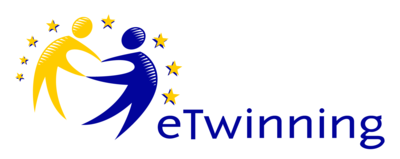
ETwinning is a way of working with other European schools in a common project. In the second term, our first year Transport and Logistics students completed a four-week eTwinning project called «Company Presentation and Exploration of Possible Collaborations and/or Cooperations (Retailer/Wholesailer)». They worked with two VET schools: the Berufliche Schule Des Kreises Stormarn in Ahrensburg, Germany and the Lycée Polivalent Simone Veil in Brive-la Gaillarde, France.
ETwinning es una forma de trabajar con otros centros europeos en un proyecto común. En el segundo trimestre, nuestro alumnado de 1º de Transporte y Logística completó un proyecto eTwinning de cuatro semanas llamado «Company Presentation and Exploration of Possible Collaborations and/or Cooperations (Retailer/Wholesailer)». Trabajaron con dos centros de Formación Profesional: la Berufliche Schule Des Kreises Stormarn en Ahrensburg, Alemania y el Lycée Polivalent Simone Veil en Brive-la Gaillarde, France.

Pen pals

Last year, our 3º ESO bilingual group started a pen pal activity with a school in Oslo, Norway. After two years, our students have exchanged a lot of letters and established a nice friendship with our Norwegian pen pals. In these digital times, waiting for a letter to arrive is a heroic deed. The sooner we write the letters, the faster we get an answer.
El año pasado, nuestro grupo bilingüe de 3º ESO inició una actividad de amigos por correspondencia con un instituto de Oslo, Noruega. Después de dos años, nuestros alumnos se han intercambiado muchas cartas y han establecido una bonita amistad con nuestros amigos noruegos. En estos tiempos digitales, esperar a que llegue una carta se ha convertido en un acto heroico. Cuando antes escribamos las cartas, más rápido recibimos una respuesta.
Class trip to Riotinto
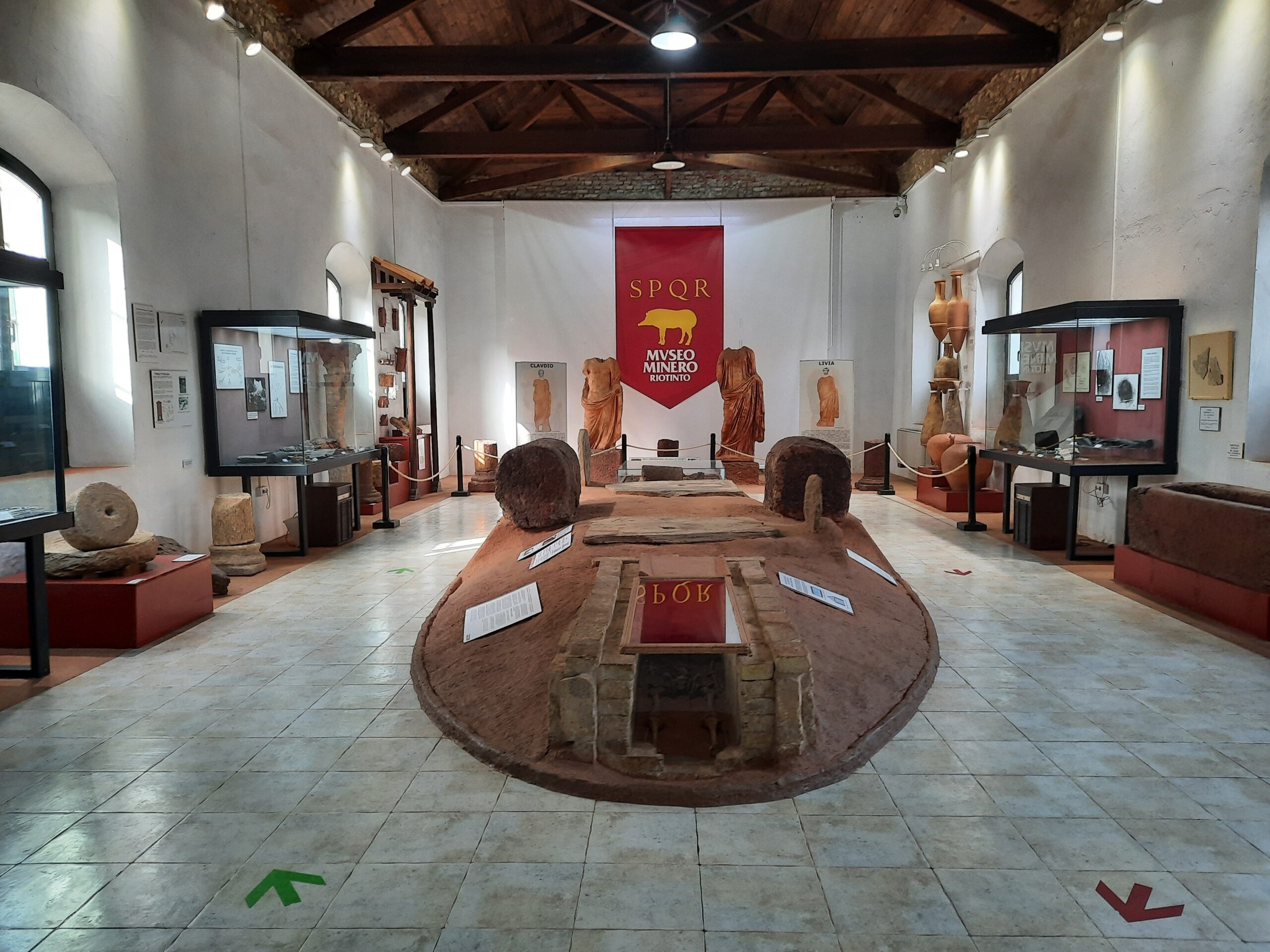
On Tuesday, the bilingual classes of 2º and 3º ESO with their teachers Pepe, Carmen and Marian, along with Dimitri, our language assistant, travelled to Riotinto. In 1873, Spain sold the Riotinto mines to the British. These were theirs until the year 1954. During these 80 years, the British settled in the area, bringing their language, culture and customs. A guide, who explained our visit in English, accompanied us in the five hours that the visit lasted. He showed us the Mine Museum, House 21, the Peña de Hierro Mine and the mining train.
Find out more information in the school website and in the article Dimitri wrote for the school newspaper.
El martes, las clases bilingües de 2º y 3º de ESO con sus profesores Pepe, Carmen y Marian, junto a Dimitri, nuestro asistente de conversación, viajaron a Riotinto. En 1873, España vendió las minas de Riotinto a los británicos. Estas fueron suyas hasta el año 1954. Durante estos 80 años, los británicos se asentaron en la zona, trayendo su idioma, cultura y costumbres. Un guía, que explicó nuestra visita en inglés, nos acompañó en las cinco horas que duró la visita. Nos mostró el Museo Minero, la Casa 21, lla mina Peña de Hierro y el tren minero.
Encuentra más información en la página web del centro y en el artículo que Dimitri escribió para el periódico del instituto.







